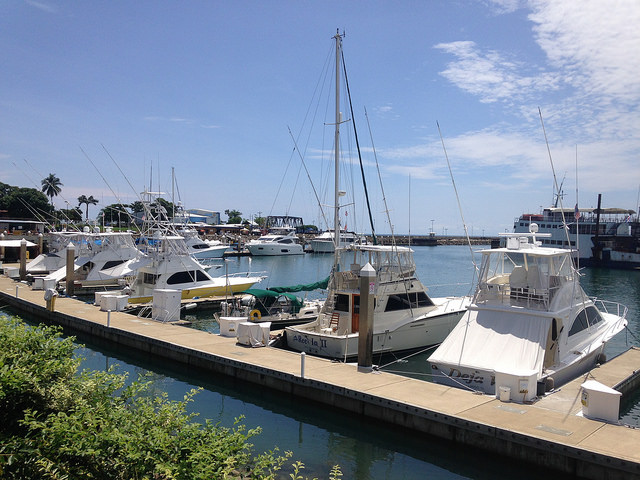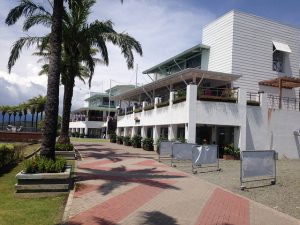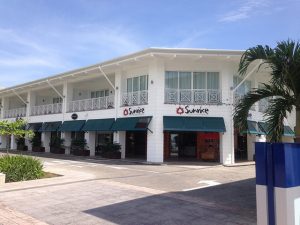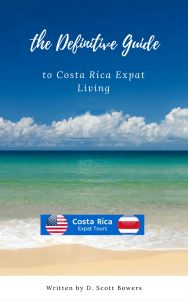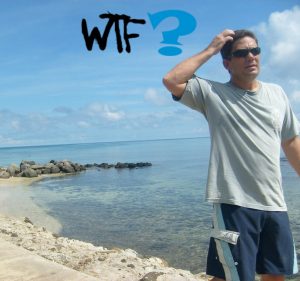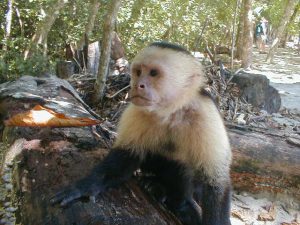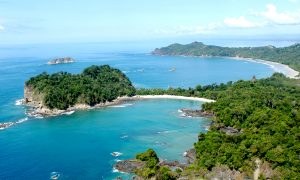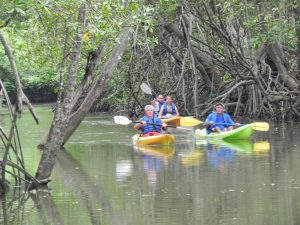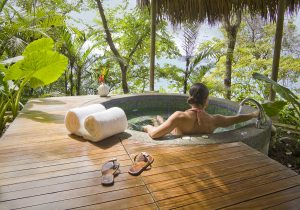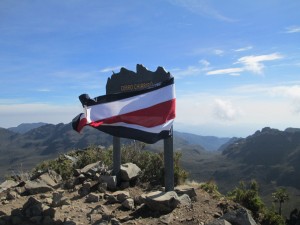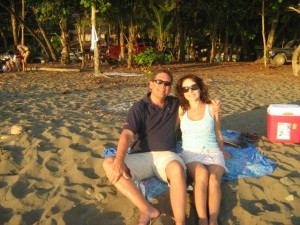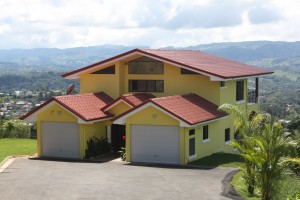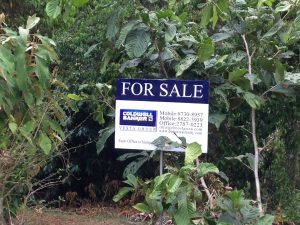Quepos has been a “sleepy” little pueblo for as long as I can remember, but lately it’s waking up! The evolution of Quepos, from sleepy little fishing village to prime tourist destination, can be summed up in a name…
the Marina Pez Vela.
For many years Costa Rica had only one true world-class marina, the Los Sueños marina in Playa Herradura. For years there was talk of one taking shape in Playa Flamingo in the Guanacaste region. But that talk never seemed to evolve into anything concrete. Then all of a sudden the secret was out that a new marina was to be built in Quepos.
Marinas are difficult things to develop in Costa Rica. The government, as well as the local population, tend to view them suspiciously. There is always the concern about the potential for negative environmental impact that marina development poses. The locals also view marinas as a sure way to change the entire complexity of their communities, from those dominated by locals, to those taken over by gringos with the big bucks. And when that happens, the price of life tends to rise for everyone.
Nevertheless, it was inevitable for a world-wide tourist phenomenon like Costa Rica, whose very name means “rich coast”, to attract marina development. If you own a luxury yacht, why wouldn’t you want to sail it into port in Costa Rica?
Unlike the situation in Flamingo, the Marina Pez Vela did actually take shape, albeit slowly. These days, however, the pace of its growth has definitely ratcheted up a notch or two.
My first visit to the marina several years ago didn’t impress me that much. However, a more recent visit certainly did.
The marina is now home to a wide variety of shops, restaurants and tourist venues. They’ve built a new large parking deck. There seems to be a whole lot more luxury yachts in port than I remember from before. The whole place has become alive with excitement and activity. And that has the entire community of Quepos buzzing as well.
I talked about it all with my old friend Cornelius Mesen, the marketing manager of Hotel Kamuk, the largest and one of the oldest hotels in downtown Quepos. I asked him if he’d seen much of a tourist effect from the marina. Cornelius told me that had not happened as of yet, but he envisions that great and positive change is on the not so distant horizon.
Most tourists bypass Quepos and make a b-line to Manuel Antonio, with its gorgeous white sand beaches, plethora of ritzy boutique hotels, and super cool restaurants, bars and shops. These days, however, Quepos is offering more and better accommodations than in years past. Hotel and Casino Kamuk is definitely an example.
The Marina Pez Vela will surely put Quepos on the tourist map. It has long been that bustling and dirty little fishing village one had to endure before arriving to the main destination of Manuel Antonio.
However, in the future, the evolution of Quepos is surely for this place to become a noteworthy tourist destination of its own right.
Hey, my new book The Definitive Guide to Costa Rica Expat Living is now live on Amazon. If you’re thinking about making an escape from the rat-race, whether for political or mental and physical health reasons, or all of the above, The Definitive Guide to Costa Rica Expat Living was written just for you!
